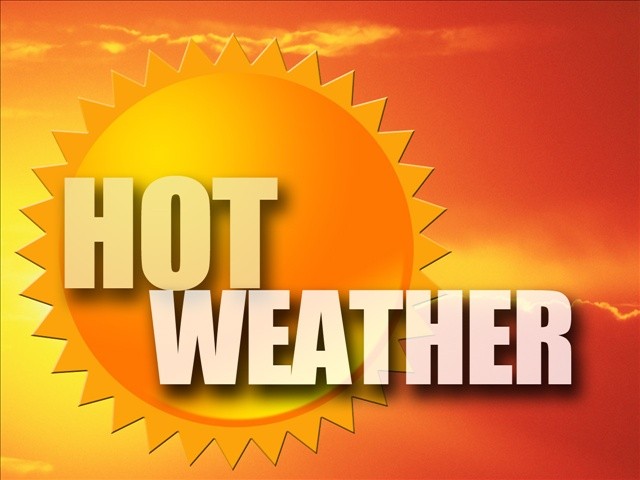What did Georgia and Alaska have in common last year besides voting for Donald Trump in the presidential election? Each recorded their warmest year on record, according to the National Oceanic and Atmospheric Administration.
That was also true of the Southeast as a whole, in a year when the country recorded its second-warmest year. In Gainesville, for example, 20 of 31 days in May recorded higher-than-normal temperatures. The same was true on 24 of 30 days in June, 29 of 31 in July, 22 of 31 in August, and, jumping ahead to late fall, 24 of 30 days in November.
Later this month, global temperatures will be calculated, giving climate scientists more information as they monitor the planet's warming.
The regular tally of the nation's weather year shows that even on a smaller scale — the U.S. is only 2 percent of the Earth's area — climate change is becoming more noticeable even amid the natural variations that play such a large role in day to day weather.
The average temperature last year in the Lower 48 states was 54.9 degrees (12.7 Celsius), nearly 3 degrees above the 20th Century average of 52 (11.1 Celsius). It's the 20th consecutive year that the United States was warmer than normal.
Only 2012's 55.3 (12.9 Celsius)degrees was warmer in the 122 years of U.S. record keeping.
"It is certainly a data point on a trend that we've seen: a general warming," said Deke Arndt, climate monitoring chief at NOAA's National Centers for Environmental Information in Asheville, North Carolina.. "All five of the warmest years on record have been since 1998 in the U.S."
While 2016 didn't quite break the overall heat record, Alaska had its hottest year by far, beating 2014's old record by 1.6 degrees. Also, the nation's nighttime low temperature was the hottest on record, a key issue because it hurts agriculture, costs more in air conditioning and makes it harder for people's bodies to recover from the summer heat, Arndt said.
NOAA also found that it was the fourth consecutive wetter than normal year in the nation, even as droughts remained nasty in some places. "We are seeing bigger doses of rain in smaller amounts of time," Arndt said.
That led to four different inland floods that cost $1 billion or more, including heavy sudden flooding in Houston, West Virginia and twice in Louisiana. That's the most NOAA has seen, twice as many as the previous high for inland flooding.
Hotter summer nights, warming farther north and concentrated bursts of heavy rain amid drought are all signs of man-made climate change long predicted by scientists, Arndt said.
"The fact that the U.S. has seen the two warmest years (2012 and 2016) within the past five years cannot be explained by chance. It bears the fingerprint of human-caused climate change," Pennsylvania State University climate scientist Michael Mann said in an email.
Last year's 15 billion-dollar weather disasters count is second to 2011, when there were 16 in the United States. NOAA's billion-dollar disaster calculations — which are adjusted for inflation — goes back to 1980. In addition to flooding, other billion dollar disasters included Hurricane Matthew, wildfires, drought, tornadoes and hail storms.
The Upper Midwest had its wettest year.
(AccessWDUN's Ken Stanford contributed to this story.)
___
Online:
National Centers for Environmental Information: https://www.ncdc.noaa.gov/
___
Follow Seth Borenstein at http://twitter.com/borenbears and his work can be found at http://bigstory.ap.org/content/seth-borenstein

http://accesswdun.com/article/2017/1/489986/2016-was-warmest-on-record-in-georgia-alaska
